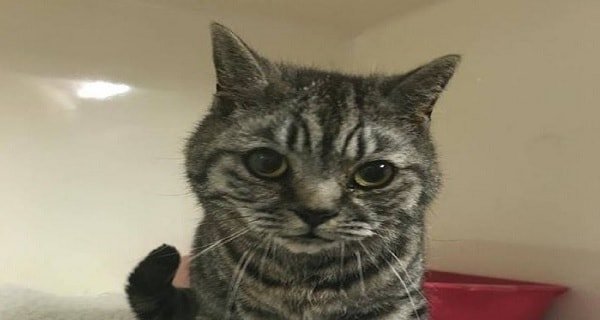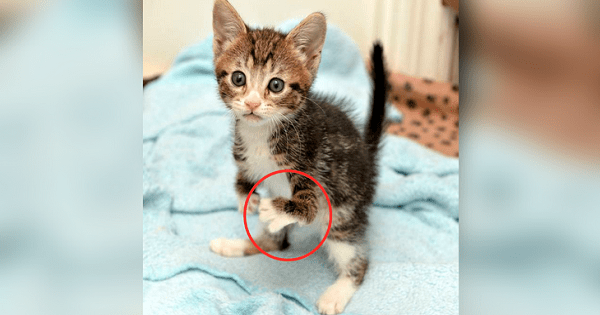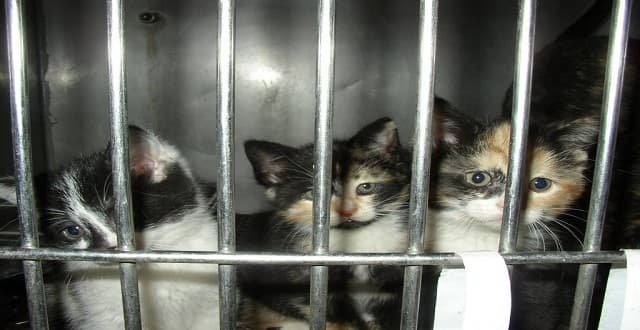Nature really is amazing. Did you know that all big cats have evolved their looks in order to blend in the environment?
All those stripes on big cats are not there without a reason. They help them stay undetected and hunt prey easily – it’s the law of nature. However, we’re not really sure how much of those stripes actually play a part in their “disguise”. In order to find out, William Allen and his team conducted a study which revealed that the spots are even more connected to a species’ environment than we were aware of.
The team closely examined 35 types of cats and looked at their markings, habitat, and hunting pattern. The dark-coated cats like jaguars were tied to species that hunt day and night and can adapt in different environments. Solid-colored coats were linked to cats that live out in the open, while striped cats are still a mystery. If vertical stripes were meant to help the cats hide in tall grass, why haven’t all cats evolved in this way? Only tigers have evolved like this, but it’s not associated with their environment.
Of course, the question of the markings isn’t very simple. Take cheetahs for example – they live in the open, so they should have plain coats, yet they have spots all over their body. In the case of jaguars, the reason for the dark-colored coat is simple – so they can stay “invisible” overnight when they hunt.
As it turns out, Rudyard Kipling’s “How the Leopard Got His Spots” may have been right this whole time. As Kipling said, the spotted pattern of leopards allows them to be camouflaged in a variety of habitats, while black leopards stand out in every environment aside from a dark forest. Of course, he was wrong about the spots being similar to human fingerprints, but he was probably right on everything else.









